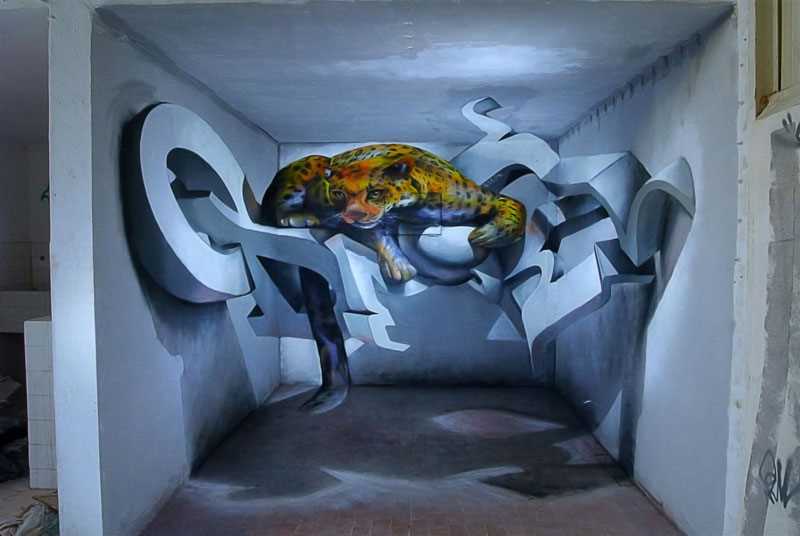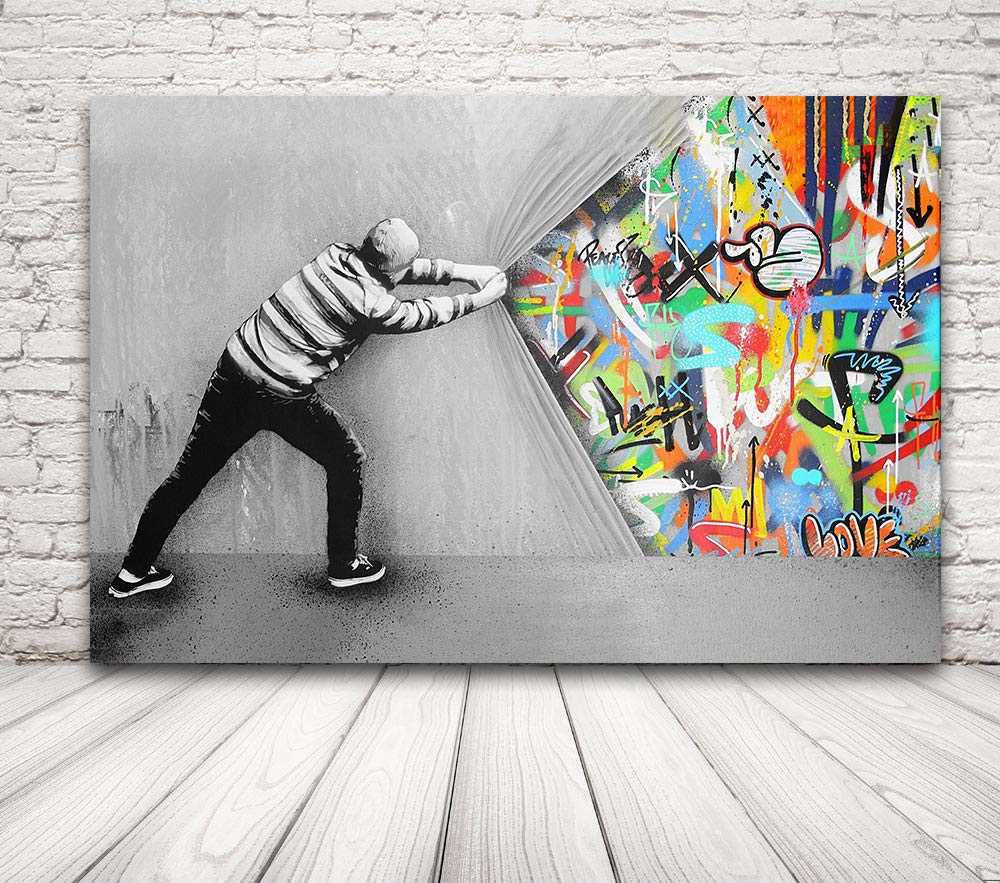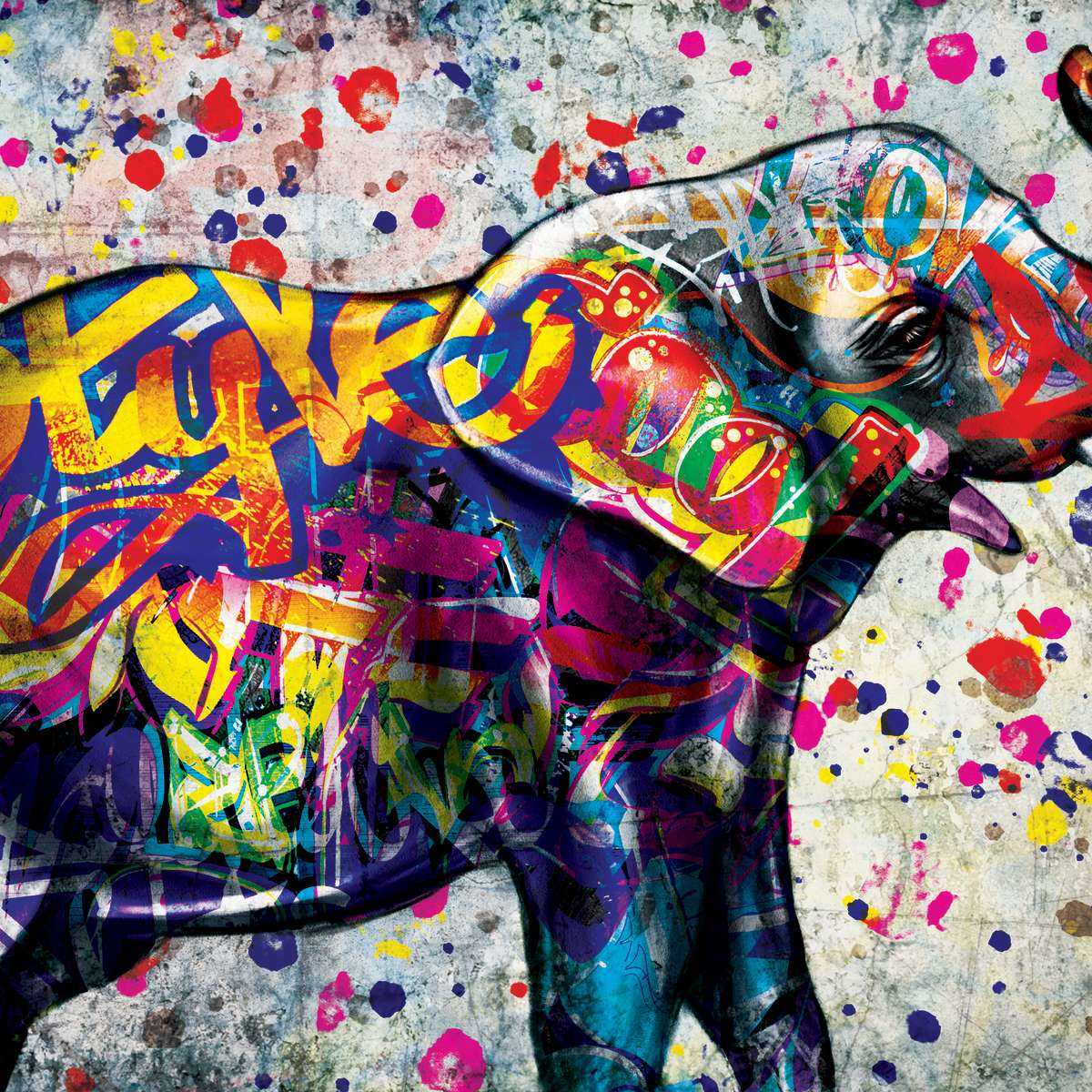Street art is a form of artistic expression that has been gaining popularity in cities around the world. What was once considered graffiti and an act of vandalism, street art is now recognized as a legitimate art form that pushes boundaries and challenges traditional notions of art. Unlike conventional art forms that are confined to galleries or museums, street art exists in public spaces, allowing artists to communicate their message to a wide audience.
One of the most intriguing aspects of street art is its transient nature. Unlike a painting or sculpture that is meant to last for centuries, street art is impermanent. It can be painted over or removed by authorities, making each piece unique and elusive. This ephemeral quality gives street art a sense of excitement and urgency, as if it is speaking directly to the viewer in the here and now.
Furthermore, street art often engages with social and political issues, making it a powerful medium for activism and social commentary. Artists use their work to spark conversations and raise awareness about a range of topics, including inequality, environmentalism, and human rights. By taking art out of the confines of galleries and into the streets, street artists are able to reach people who may not typically engage with art, provoking thought and contemplation in unexpected places.
Street art is not only visually striking, but it also challenges our preconceived notions about the role of art in society. It blurs the boundaries between high and low culture, bringing art into the everyday lives of people. Whether it is a thought-provoking mural or a clever stencil, street art has the power to beautify urban spaces and make them more vibrant and livable. It creates a visual dialogue between artists, the environment, and the viewers, transforming the mundane into the extraordinary.
Stencils: Bringing Art to the Streets

Stencil art has become a popular technique among street artists worldwide. Using stencils allows artists to quickly and easily create intricate designs on walls and other surfaces.
A stencil is a thin sheet of material with a design or pattern cut out of it. Artists place the stencil against a wall and then apply paint or spray paint over it. When the stencil is removed, the design remains on the wall.
Stencils can be made from a variety of materials, including cardboard, plastic, or metal. They can be reused multiple times, making them a cost-effective tool for creating large-scale artworks.
Why use stencils?

One of the main advantages of using stencils in street art is the ability to quickly reproduce a design multiple times. Artists can create a stencil from a detailed drawing, and then use it to replicate the design in different locations.
Stencils are also a great tool for creating complex and detailed designs that would be difficult to paint freehand. The precise nature of stencils allows artists to achieve clean lines and sharp edges in their artwork.
Additionally, stencils provide a sense of consistency and uniformity in street art. When multiple artists use the same stencil, it creates a cohesive look that enhances the overall aesthetic of a neighborhood or city.
The impact of stencil art

Stencil art has had a significant impact on the world of street art. It has allowed for the creation of large-scale and visually stunning artworks, bringing art to the streets in a way that is accessible to all.
The use of stencils has also sparked discussions about the line between street art and graffiti. While some view stencil art as a legitimate form of artistic expression, others see it as vandalism. This debate has added to the allure and controversial nature of stencil art.
Overall, stencils have revolutionized the street art scene, allowing artists to push boundaries and create works that capture the attention and imagination of viewers around the world.
The World of Street Art: A Colorful Explosion

Walking down the streets of a bustling city, it’s hard to ignore the explosion of color and creativity that is street art. From vibrant murals to intricate stencil work, street art has become an integral part of urban culture, transforming blank walls into vibrant works of art.
Origins of Street Art

Street art has a long and rich history, with roots dating back to ancient civilizations. Graffiti, one of the main forms of street art, can be traced back to ancient Egypt, where pharaohs would inscribe their names on the walls of temples and tombs. In modern times, street art has evolved into a form of self-expression and defiance, a way for artists to reclaim public spaces and make their voices heard.
The Diversity of Street Art

Street art is incredibly diverse, encompassing a wide range of styles and techniques. From large-scale murals to small wheatpaste posters, artists use a variety of mediums to create their works. Some street artists prefer to work with spray paint, creating bold and colorful pieces that can cover entire buildings. Others opt for stencils, allowing for more precise and detailed designs. Additionally, street art can also take the form of installations, sculptures, and 3D art.
Street art is not limited to just painting on walls, either. Artists also use objects in the urban environment as their canvas, such as traffic signs, dumpsters, and even abandoned cars. This scavenged canvas gives street art its unique charm and allows artists to interact with their surroundings in unexpected ways.
Cultural Impact

Street art has a powerful cultural impact, often reflecting the social and political climate of the cities they adorn. Many street artists use their work to address important issues such as inequality, racism, and environmental destruction, sparking conversation and raising awareness. Street art also has the ability to transform run-down neighborhoods, breathing new life into forgotten spaces and attracting tourists and locals alike.
In recent years, street art has gained mainstream recognition, with museums and galleries around the world showcasing the works of famous street artists. This newfound acceptance has sparked debates about the commercialization of street art and whether it should still be considered “authentic” when taken off the streets and placed in a gallery setting.
The Future of Street Art

The world of street art continues to evolve and grow, with new artists emerging and pushing the boundaries of what is possible. As technology advances, street artists are incorporating digital elements into their work, using projections and augmented reality to create interactive experiences for viewers.
However, despite its growing popularity, street art remains controversial. While some view it as vandalism, others see it as a legitimate art form that adds vibrancy and personality to public spaces. Regardless of one’s opinion, it’s clear that street art has become an integral part of the urban landscape, sparking conversations, and inspiring creativity.
Muralists: The Masters of Wall Painting

Muralists are artists who specialize in creating large-scale artworks on walls or other large surfaces. They are the masters of wall painting, using their incredible talent to transform blank urban spaces into vibrant and engaging pieces of art.
One of the key features of muralism is its accessibility. Unlike paintings housed in galleries, mural art is available to anyone passing by. It brings art directly to the people, adding beauty and color to everyday spaces. Muralists often use their art to convey important messages or reflect the culture and identity of a community.
| Benefits of Mural Art: |
| 1. Beautifies urban environments |
| 2. Highlights local culture and heritage |
| 3. Creates a sense of community |
| 4. Inspires creativity and imagination |
| 5. Serves as a platform for social and political commentary |
Muralists often collaborate with communities or organizations to bring their visions to life. They listen to the needs and desires of the people living in the area and incorporate them into their designs. This collaborative process ensures that mural art truly reflects and resonates with the local community.
Over the years, muralism has become a recognized art form with its own unique style and techniques. Muralists have pushed the boundaries of what is possible, experimenting with perspective, color, and texture. They continue to inspire and amaze with their ability to transform ordinary walls into extraordinary works of art.
Spray Cans: The Tools of the Trade

When it comes to creating street art, one of the most important tools in an artist’s arsenal is the spray can. These cans are not your typical cans of paint found in a hardware store; they are specially formulated for graffiti and street art, with a wide range of colors and features designed to help artists express themselves.
One of the key advantages of using spray cans is their portability. Artists can easily carry them around while they search for the perfect canvas to create their art. Whether it’s a blank wall, a piece of plywood, or even the ground, spray cans allow artists to bring their art to any surface.
Another important feature of spray cans is the spray nozzle. These nozzles come in different sizes and shapes, allowing artists to create different effects and line widths. A wider nozzle will create a larger spray pattern, while a narrower nozzle will create a finer, more precise line.
In addition to different nozzles, spray cans also come with different types of caps that can be easily interchanged. These caps control the flow of paint and can create effects such as a thin line, a wide spray, or even a dripping effect. Artists often experiment with different caps to achieve the desired look for their art.
Of course, one of the most important aspects of spray cans is the paint itself. Graffiti and street art paints are specifically formulated to be highly pigmented and vibrant, with excellent coverage. They also dry quickly, allowing artists to layer colors and create intricate designs without waiting for hours for the paint to dry.

I am a mural enthusiast and a fervent admirer of street art. Rather than creating murals myself, I am passionate about collecting them. My love for street art knows no bounds. I am dedicated to curating and cherishing these artworks that grace the streets. My collection stands as a testament to my profound appreciation for this form of artistic expression.
read about me



